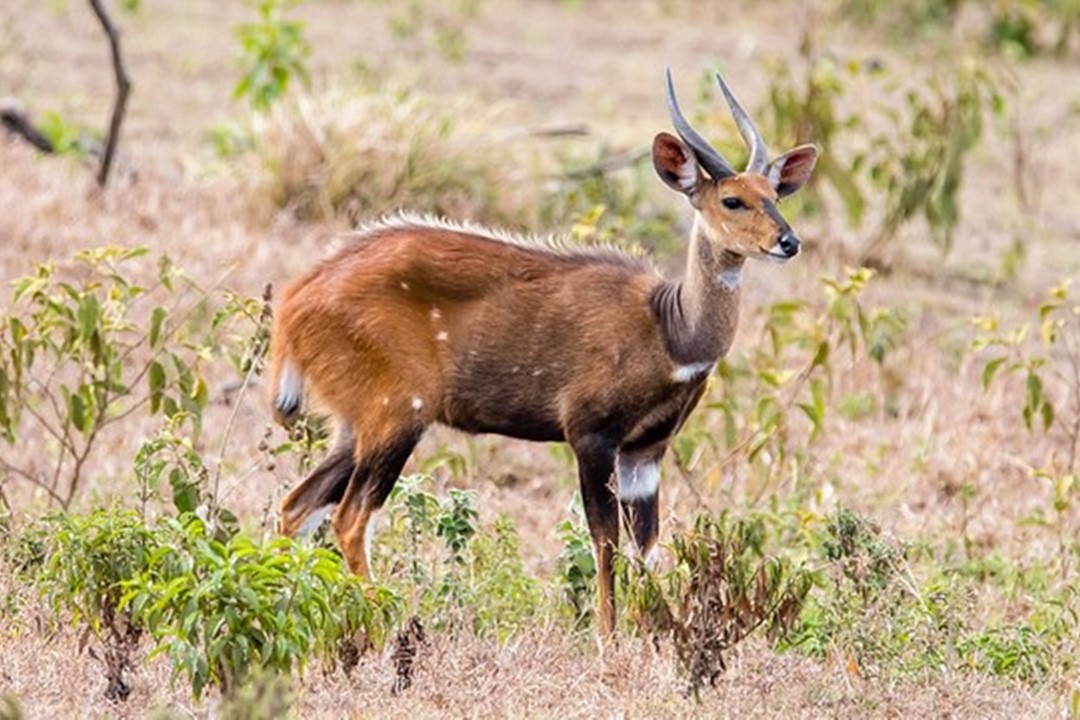AREA : 137 Sq. Km.
ALTITUDE : 1500 Metres (at Momella).
Arusha National Park is a relatively small park, covering an area of 137 square kilometers (52.9 square miles).
Lying between the peaks of Kilimanjaro and Meru, Arusha National Park is an area of outstanding beauty. The Park has a wide range of habitats, from the string of crater lakes where many water birds can be watched, through the highland montane forest and on up to the imposing summit of Mt. Meru.
The interesting geology of the area is reflected in the impressive view of the ash cone and cliff face leading to the summit of Mt. Meru. Three distinct areas are to be found within Arusha National Park: Ngurdoto Crater, the Momela Lakes, and the rugged Mt. Meru. Altitudes range from 1,500 meters (4,921 feet) above sea level at Momela to over 4,500 (14,764 feet) meters at the summit of Meru.
The Ngurdoto Crater is 20 Km. across and 100 metres deep. The Momella Lakes 10 Km. north of Ngurdoto Crater, were formed about 1/4 million years ago, perhaps when Mt. Meru exploded and spewed volcanic debris and liquid mud over the surrounding area.
The vegetation which occurs in the Park is correlated to the altitude and geology of the area. Ngurdoto Crater is surrounded by forest whilst the crater floor is a swampy area. The Momela Lakes, like many in the Rift Valley, are alkaline, and Mt. Meru is a mixture of lush forests and bare rocks.
The forests contain a wealth of birds and other animals, like the beautiful bushbuck easily glimpsed in the grades between the ancient cedar trees, or the black and white colobus monkeys climbing along their branches. Other animals found in the park include buffalo, hippo, reedbuck, waterbuck, elephant, giraffe, baboon, bushpig, sykes monkey, vervet monkey, mongoose, and warthog. Birdlife includes grebe, African pochard, ibis, heron, and egret. Both Mount Kilimanjaro and Mount Meru can be seen from the park when the weather is fine.




